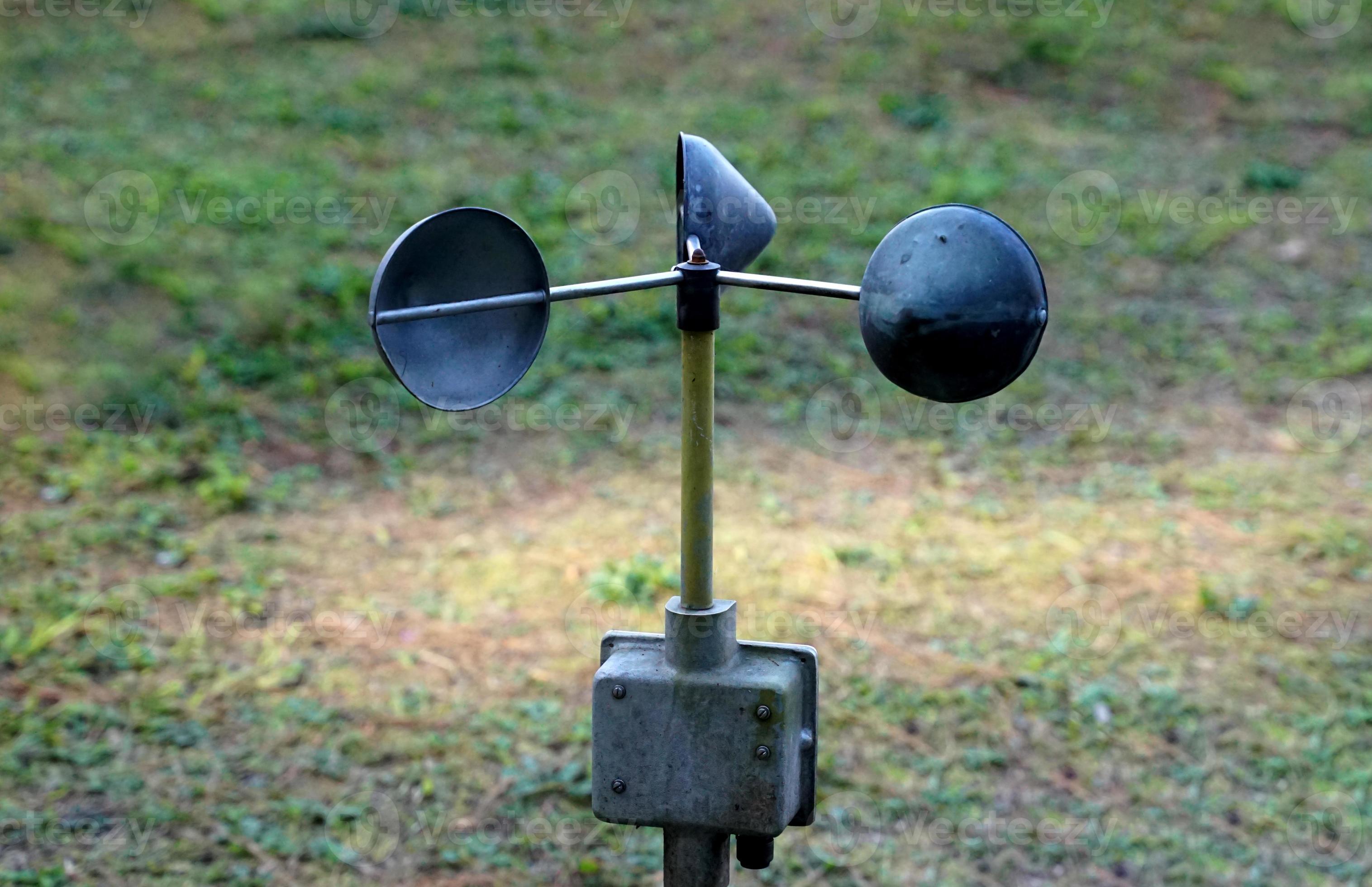Anemometers Unveiled: Understanding Their Relevance in Environmental Tracking and Security Procedures
The duty of anemometers in environmental monitoring and security steps is typically underestimated, yet their relevance is indisputable. From meteorology to air travel security, anemometers play a crucial function in offering exact information that notifies decision-making processes and enhances total security.
Background of Anemometers
The advancement of anemometers can be mapped back to the old worlds where rudimentary wind gauging tools were very first used. One of the earliest recognized anemometers was the hemispherical mug anemometer created by Leon Battista Alberti in the 15th century.
In the 18th century, the prominent researcher John Thomas Romney Robinson introduced the Robinson anemometer, which included four hemispherical mugs installed on straight arms that expanded from a main axis. This design came to be a requirement in meteorological dimensions due to its accuracy and dependability. Over the years, advancements in technology led to the development of more modern-day anemometers, consisting of ultrasonic anemometers and laser Doppler anemometers, using enhanced precision and efficiency in gauging wind rate and instructions. The history of anemometers showcases an impressive trip of development and progression in the area of weather forecasting.
Kinds of Anemometers
Throughout the field of weather forecasting, various types of anemometers have been developed to properly measure wind speed and instructions. Sonic anemometers use ultrasonic signals to measure wind speed and direction precisely. Hot-wire anemometers run based on the principle that the cooling impact of wind on a heated wire is symmetrical to the wind speed.
Applications in Weather Forecasting
Having actually reviewed the numerous sorts of anemometers made use of in weather forecasting for measuring wind speed and direction, it is essential to explore their useful applications in the field. Anemometers play an important duty in weather forecasting by offering real-time and exact data on wind problems (anemometer). Meteorologists utilize anemometers to keep an eye on wind rate and direction to anticipate climate patterns, problem warnings for severe weather condition occasions like hurricanes, tornadoes, and storms, and analyze atmospheric conditions for aviation safety and security
In weather forecasting, anemometers help in recognizing regional and local wind patterns, which are vital for predicting climate adjustments and determining climatic fads. These tools are likewise used in research study to research microclimates, city heat islands, and air contamination diffusion. Additionally, anemometers are utilized in farming to maximize plant management techniques, such as watering and chemical application, based on wind conditions.
Significance in Air Travel Safety And Security
An integral aspect of ensuring aeronautics safety and security hinges on the careful surveillance of wind problems making use of anemometers. Anemometers play an essential duty in air travel by providing real-time data on wind speed and direction, assisting pilots in making informed decisions throughout landing, take-off, and trip. Unforeseeable and solid winds can considerably affect airplane procedures, making it vital for aeronautics authorities to rely on precise wind measurements to ensure the safety of travelers and crew.

In the dynamic setting of aviation, where also minor adjustments in wind speed and instructions can have profound effects, anemometers stand as important devices for promoting secure and protected air traveling.
Role in Environmental Research Study
Just how do anemometers contribute to innovations in ecological research study? Anemometers play an essential duty in environmental research study by supplying essential information on wind rate and direction. This info is crucial for understanding various climatic procedures, such as air contamination dispersion, weather condition patterns, and environment modification. By properly measuring wind qualities, anemometers assist scientists assess the activity of pollutants in the air, examine the influence of commercial exhausts, and anticipate the spread of contaminants in the environment.


Final Thought
Finally, anemometers have actually played a critical function in environmental monitoring and precaution. With a click for more rich history and various types offered, these gadgets have actually been widely used in meteorology, air travel security, and environmental research study. Understanding the relevance of anemometers is essential for properly measuring wind speed and instructions, which is important for anticipating climate patterns, ensuring risk-free aeronautics procedures, and carrying out ecological researches - anemometer. Their payments to these areas can not be taken too lightly.
One like this of the earliest known anemometers was the hemispherical mug anemometer created by Leon Battista Alberti in the 15th century. Over the years, improvements in technology led to the development of more modern anemometers, consisting of ultrasonic anemometers and laser Doppler anemometers, using boosted precision and performance in measuring wind speed and direction. Hot-wire anemometers operate based on the concept that the cooling impact of wind on a warmed cord is symmetrical to the wind speed. Meteorologists use anemometers to keep an eye on wind rate and direction to forecast climate patterns, issue cautions for severe climate occasions like tornadoes, storms, and storms, and analyze atmospheric conditions for aviation security.
Recognizing the significance of anemometers is necessary for accurately gauging wind speed and direction, which is crucial for forecasting weather patterns, guaranteeing risk-free air travel procedures, and performing ecological researches. (anemometer)